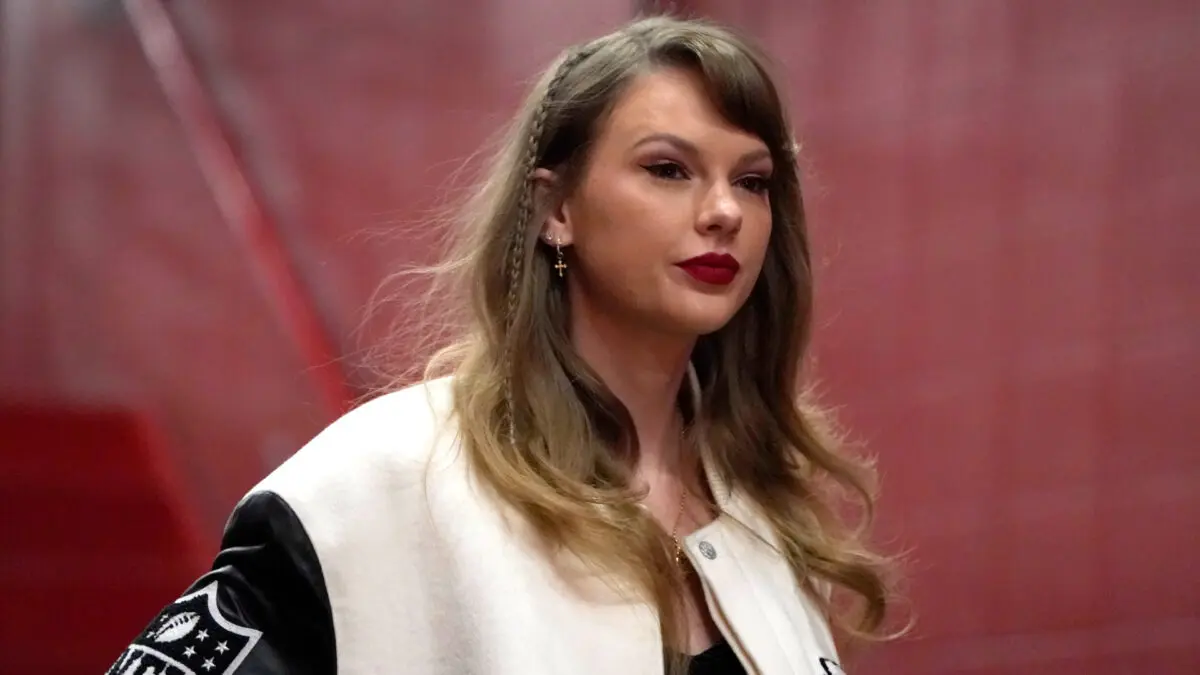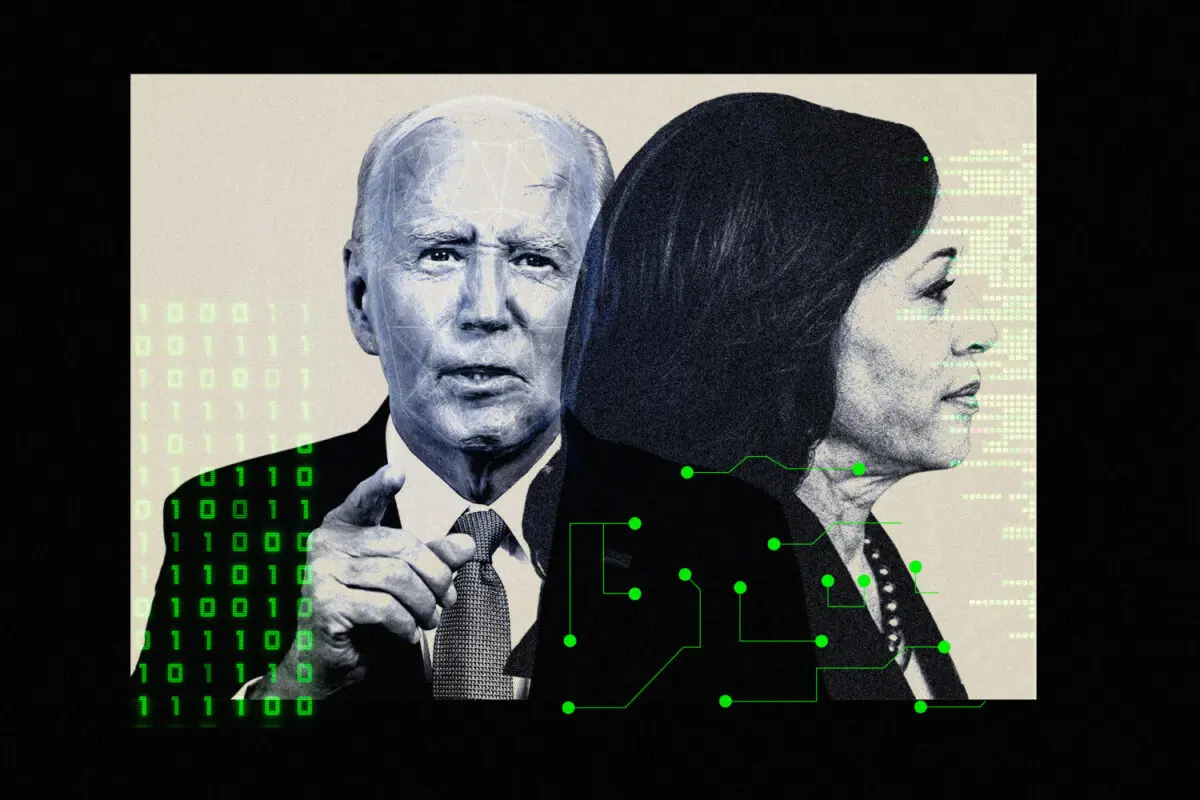The landscape of higher education in Britain is evolving with technology. As universities strive to make their international student admissions more efficient, an alarming trend has emerged that could impact their integrity: deepfake candidates. This post dives into the implications of these AI-generated impostors, the threats they pose, and how institutions are adapting to protect their interview processes.
Understanding the Deepfake Phenomenon
Deepfakes employ artificial intelligence to create synthetic media where a person’s likeness is altered or impersonated convincingly. This technology has made significant strides, and it’s not just limited to celebrities anymore; students are now leveraging it to deceive universities during admission interviews. The rise in deepfake technology has opened a pandora’s box of ethical and logistical challenges for education providers.

The Technical Aspects of Deepfakes
Creating a deepfake involves sophisticated machine learning algorithms, which can replace the face and voice of an individual in videos. Universities employing automated interviews have become prime targets for such technology. It enables an applicant to modify their image or sound to present a more favorable or fluent version of themselves.
While the technology has its entertainment value, it possesses the ability to thwart traditional verification methods.
Current Incidence of Deepfake Misuse
According to recent reports from Enroly, a company that provides application automation, only a small fraction of applicants—around 30 out of 20,000 interviews—have been caught utilizing deepfake technology this year. While the numbers may seem manageable, the implications are far-reaching. With technology advancing exponentially, it’s likely we’ll see an uptick in these occurrences.
The Implications of Deepfake Technology in Admissions
Adopting automated interviews streamlines the admission process and helps universities save precious time and resources. However, this shift also raises significant ethical dilemmas, especially around integrity and trust. Universities have an obligation to ensure that their admissions processes are fair and transparent. The emergence of deepfake candidates is problematic, leading to potential breaches of trust.

Detecting Deepfakes: Challenges and Solutions
Detecting deepfakes is a challenging endeavor, as highlighted by experts in the field. Enroly has implemented several measures, including facial recognition and behavioral analytics, to identify fraudulent activities effectively. Continuously developing technology means that solutions must evolve in parallel. The feasibility of detecting deepfakes plays a crucial role in the viability of automated interviews.
Legal and Regulatory Considerations
Legal frameworks around video interviews and data privacy are becoming increasingly complex with the advent of deepfake technology. Universities must navigate these waters carefully. The Home Office has stringent regulations and universities risk losing their licenses if they fail to scrutinize applicants properly. Thus, the legal implications of hiring or accepting deepfake candidates cannot be underestimated.
Furthermore, the rise in deepfake cases has led to calls for tighter regulations and stronger governance mechanisms around digital identity verification.
The Future of University Admissions
As universities continue to embrace technology for their admissions processes, staying ahead of emerging threats is vital. The use of AI and automation is expected to become more prevalent, but so too will the need for robust detection methods and ethical guidelines. Building a trustworthy admissions framework will be crucial in maintaining the integrity of educational institutions.

Potential Solutions and Strategies
To combat the growing issue of deepfake candidates, universities could benefit from incorporating multiple layers of verification within their admissions processes. Adopting a hybrid approach that combines automated interviews with live assessments could act as a buffer against potential fraud. Continuous Improvement through training and development will enhance interview assessors’ capabilities in spotting irregularities or suspicious behavior, emphasizing a proactive approach to admissions.
Collaborating to Combat Deepfake Threats
Universities are not alone in this battle. Collaboration with technology firms, governments, and policymakers can lead to innovative solutions which can effectively tackle deepfake issues. Initiatives like the Deepfake Detection Challenge, launched to encourage the development of reliable detection methodologies, embody the collective effort against this evolving threat.
Partnerships across sectors can drive advancements in solutions and foster a more secure environment for educational institutions striving to fulfill their mission of delivering quality education to deserving candidates.

The Role of Continuous Education
Lastly, educating stakeholders about the risks associated with deepfakes is vital. This includes training admissions staff on how to identify red flags, understanding the technology behind deepfakes, and implementing risk management strategies. By fostering a culture of awareness, universities can enhance resilience against fraudulent applications.
Source: www.theguardian.com
Hi there! I’m Jade, a 38-year-old gossip journalist with a passion for uncovering the juiciest stories in the world of celebrity news. With years of experience in the industry, I love sharing the latest trends and insider scoops.



